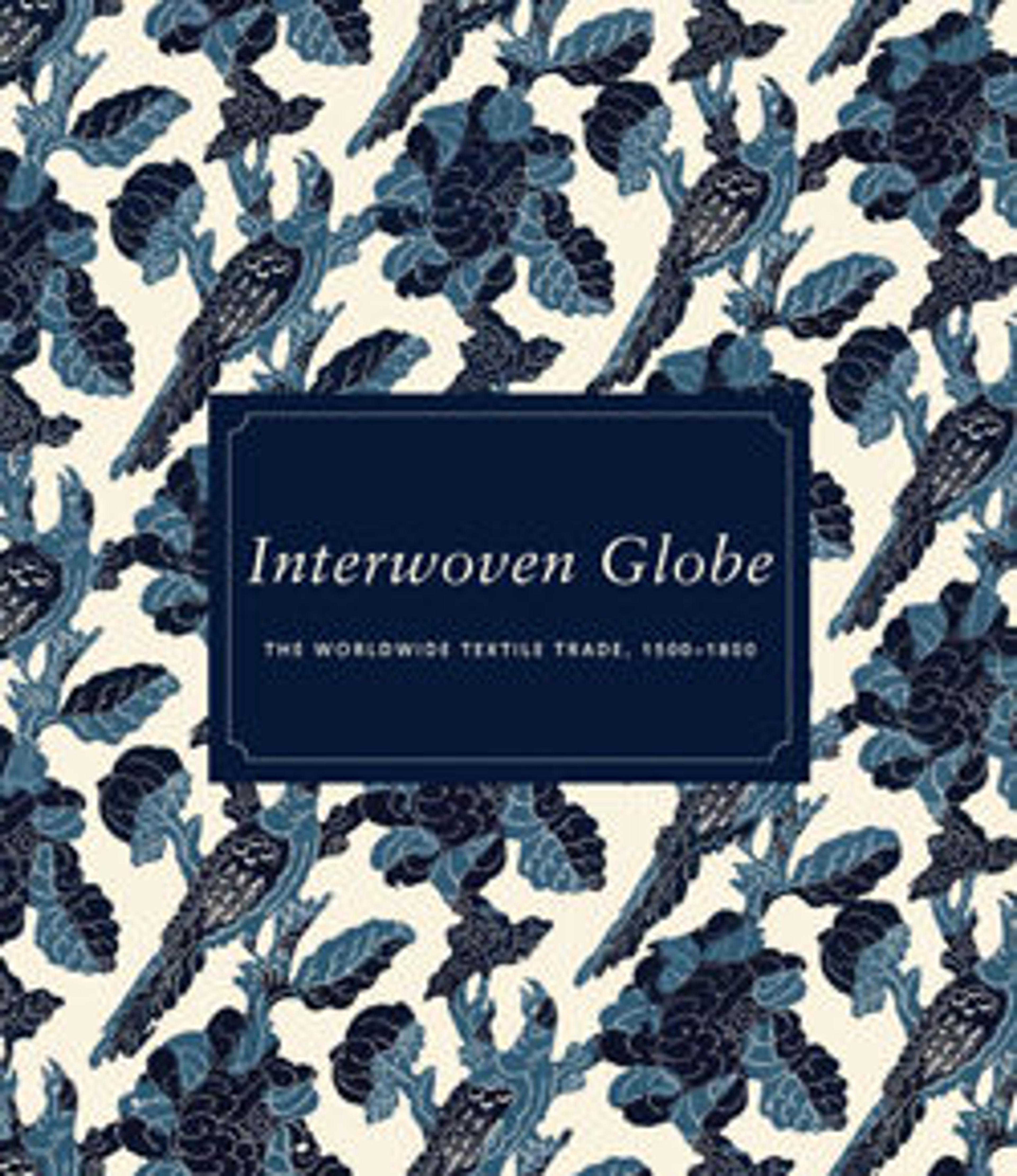Sarasa with Small Rosettes
The exceptional length of this cloth—more than seven feet—suggests its possible use as part of a waistband (obi). Indian sarasa was particularly popular in the Edo period (1615–1868) for obi and robe (kosode) linings. Although the fabric was made in India, the repeating pattern of regularly spaced rosettes and roundels was based on Japanese sources. The motifs evoke Japanese Buddhist iconography—the lotus and the wheel—as well as the traditional chrysanthemum. This type of design is present in late eighteenth-century Japanese sarasa manuals published in Edo and Kyoto. These manuals, with color directives that encouraged Japanese textile printers to copy the Indian designs, confirm that sarasa were widely circulated even before such publications appeared.
cat. no. 34
cat. no. 34
Artwork Details
- Title: Sarasa with Small Rosettes
- Date: 18th century
- Culture: India (Coromandel Coast), for the Japanese market
- Medium: Cotton (painted resist and mordant, dyed)
- Dimensions: Overall: 86 1/8 x 13 3/4 in. (218.8 x 34.9 cm)
- Classification: Textiles
- Credit Line: Purchase, Friends of Asian Art Gifts, 2010
- Object Number: 2010.57
- Curatorial Department: Asian Art
More Artwork
Research Resources
The Met provides unparalleled resources for research and welcomes an international community of students and scholars. The Met's Open Access API is where creators and researchers can connect to the The Met collection. Open Access data and public domain images are available for unrestricted commercial and noncommercial use without permission or fee.
To request images under copyright and other restrictions, please use this Image Request form.
Feedback
We continue to research and examine historical and cultural context for objects in The Met collection. If you have comments or questions about this object record, please contact us using the form below. The Museum looks forward to receiving your comments.
